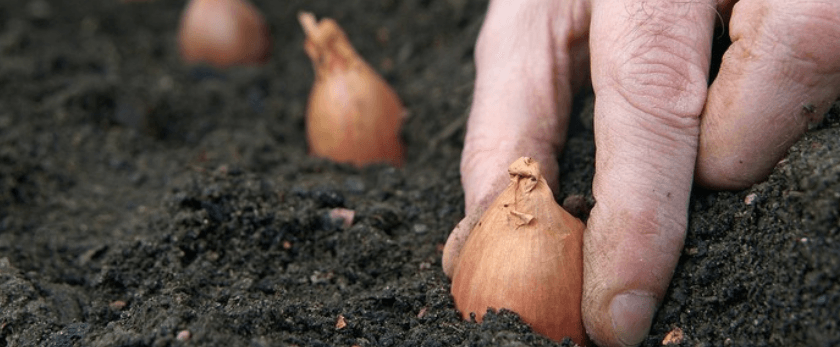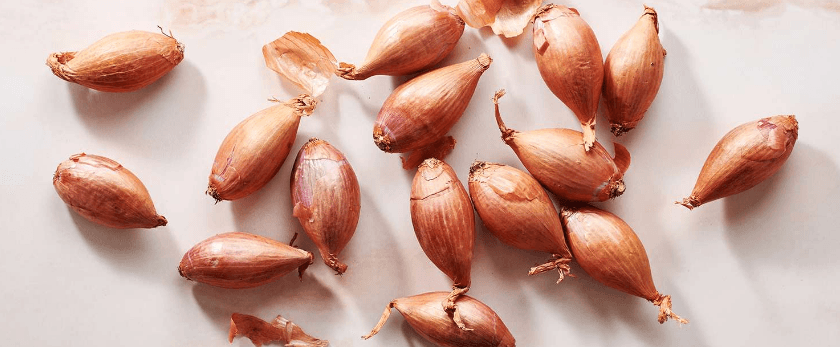Shallots are a delicious and versatile addition to any garden. Not only do they add flavor to your meals, but they also have numerous health benefits and are easy to grow. In this article, we will discuss how to care for shallots, the best time to grow them, and common problems you may encounter. By following these tips, you can successfully grow your own shallots and enjoy their delicious flavor all year round.
How to Care for Shallots
Watering
Shallots require consistent moisture to grow properly. They should be watered regularly, especially during dry periods. However, be careful not to overwater as this can lead to rotting. A good rule of thumb is to water deeply once a week, making sure the soil is moist but not waterlogged. If you are growing shallots in containers, make sure they have proper drainage to prevent water from pooling at the bottom.
Light
Shallots prefer full sun, but they can also tolerate partial shade. If you are growing them in a garden, make sure they receive at least 6-8 hours of sunlight per day. If you are growing them indoors, place them near a sunny window or use grow lights to provide them with enough light.
Soil
Shallots grow best in well-draining, fertile soil. Before planting, amend your soil with compost or well-rotted manure to provide the necessary nutrients. The soil should also have a pH level of 6.0-7.0. If your soil is too acidic, add lime to raise the pH level.
Fertilizer
Shallots do not require much fertilizer, but a balanced fertilizer can help promote healthy growth. You can use a slow-release fertilizer at the time of planting and then side-dress with compost or organic fertilizer every few weeks. Avoid using high-nitrogen fertilizers as they can promote leaf growth instead of bulb growth.
Pruning
Shallots do not require much pruning, but you can remove any yellow or damaged leaves to promote air circulation and prevent diseases. You can also trim the tops of the plants when they reach about 6 inches in height to encourage bulb development.

What is the Best Time to Grow Shallots?
Shallots are cool-season crops and can be grown in both spring and fall. The best time to plant shallots is in early spring, as soon as the soil can be worked. If you are planting in the fall, make sure to do so at least 4-6 weeks before the first frost. This will give the shallots enough time to establish their roots before the cold weather sets in.
Common Problems with Shallots
Pests
Shallots are generally pest-resistant, but they can still be affected by pests such as onion maggots, thrips, and aphids. To prevent these pests, make sure to rotate your crops and keep the garden clean and free of debris. You can also use natural pest control methods such as neem oil or insecticidal soap.
Diseases
Shallots can also be susceptible to diseases such as downy mildew, white rot, and pink root. To prevent these diseases, make sure to plant shallots in well-draining soil and avoid overwatering. You can also use disease-resistant varieties and practice crop rotation.
Bolting
Bolting is when the plant produces a flower stalk prematurely, which can affect the growth of the bulbs. To prevent bolting, make sure to plant shallots at the right time and provide them with enough water and nutrients. You can also choose bolt-resistant varieties.
Conclusion
Growing shallots is a rewarding experience that can provide you with fresh, flavorful bulbs for your meals. By following these tips on how to care for shallots, the best time to grow them, and common problems you may encounter, you can successfully grow your own shallots and enjoy their delicious flavor all year round. Remember to also practice responsible disposal methods for a sustainable future. Happy growing!










